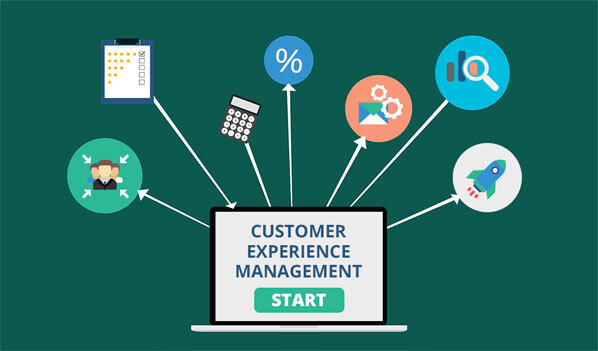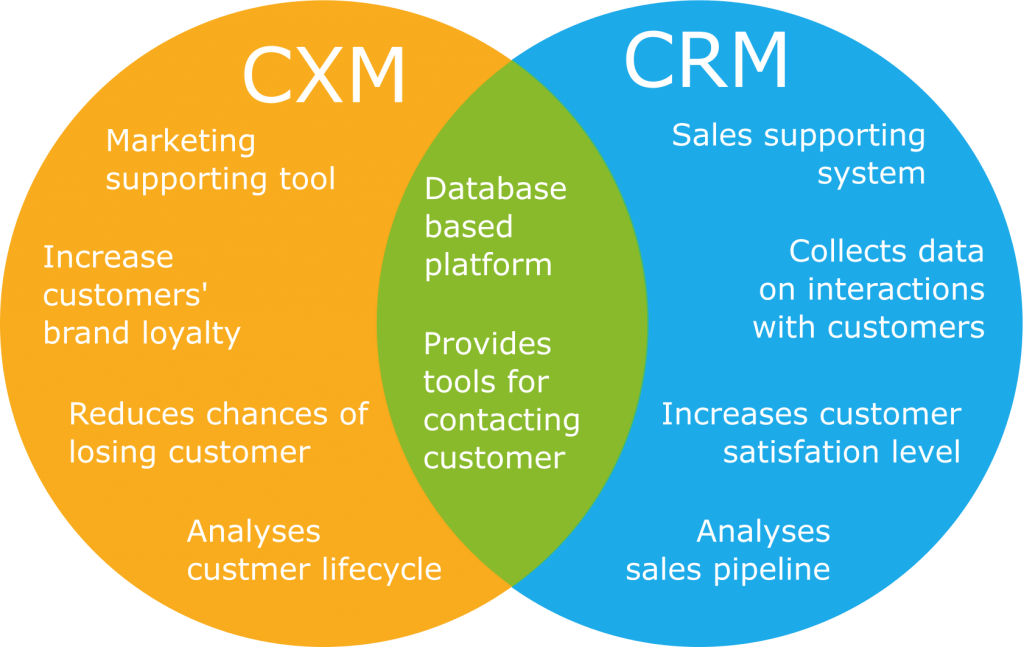Putting the customer at the heart of the business is the main principle of value marketing, which is based on the needs of the customer instead of the aim of the company - sales.
In order to be conscious of customers’ needs, in place of second-guessing, companies should ensure that the voice of the customer is indispensable to the customer experience management strategy of any business; and that every customer should be viewed and addressed at the boardroom level, not just by the customer-facing staff.
The above practice of customer-centricity is referred to as customer experience management.
What is Customer Experience Management?
In essence, customer experience is denominated as the customers’ perceptions of their relationship with your brand arising from all their interactions with your brand throughout the customer life cycle.
When it comes to Customer Experience Management definition (abbreviated as CEM or CXM), this can sum it up pretty cool: “Customer experience management is the practice of producing and dealing with customer interactions to meet the customer expectations in order to increase customer satisfaction, advocacy, and loyalty”

This sort of management is more than about serving online customers, knowing where customers would shop and what brand they would buy. It's actually the complete understanding of your customers that can deliver the personalized experiences, which will entice them to not only remain loyal but also to deliver word-of-mouth to others – and that’s the most precious advertising.
According to the definition of customer experience management, the database to manage the customer experience originated from the extraction of customer insight from all channels and touchpoints throughout your integral organization. It's about putting to use mountains of customer data with speed and accuracy.
Differentiate the CRM and CXM
While CXM may look similar to CRM (customer relationship management), there are still key differences when comparing them:

While CRM determines what a customer looks like to the company, CXM determines what a company looks like to the customer.
CRM focuses on the company’s prospective - sales and gaining more revenue. For the most part, this is a sales-oriented system, integrated occasionally with customer service. It involves significant digital transformation to support the overall CXM program.
On the other hand, CXM is a customer experience management process that puts business customers at the heart of sales, marketing, and customer service with the intention of inspiring brand loyalty. Hence, it heavily relies on customer programs that evaluate customer opinions and attitudes about the experiences with a company.
When being combined together, these two types of management would generate the database based on the customer experience management platform, which will be a useful tool for contacting customers.
Why is Customer Experience Management important?
Customer experience will contribute to customer perceptions about the brand, therefore, promote brand sales. If done well, CXM will be a very powerful strategy, however, if some of its elements are left unattended, it will be catastrophic mismanagement.
There is a variety of advantages of putting a customer experience management strategy into practice:
#1 Customer retention costs less than winning new ones
Researches show that a 5% increase in customer retention can give rise to a 25% increase in profit. This happens mainly because the costs of acquiring a new customer can be saved and customers tend to satisfy and place more orders.

#2 Customer feedback drives the brand’s growth
The voice of customers, in the form of website surveys and app feedback together with chat conversations, sets out a blueprint to enhance customer experiences and retain them.
This is one of the most important benefits of customer experience management.
#3 Word of mouth marketing from loyal customers
Customers who are content and satisfied with experience will willingly endorse a company's brand to their family, peers, colleagues, ...
Loyal customer endorsement can often outweigh some advertisements or marketing efforts in stimulating the buying decisions.
#4 Gain knowledge about your competitors
Sounds weird? Absolutely not! But how measuring customer sentiment gives knowledge about your competitors?

Because customers often compare brands to brands before making any decisions or before submitting feedback. Being aware of this information can favorably improve a company’s position itself against every rival.
4 Steps to build a good customer experience management system
CXM requires companies to have a comprehensive sense of customers, with up-to-date data on customer accounts.
Before learning some measures to create a good CXM system, every business is suggested to assemble a CX team to implement those steps. The teams involve many roles, even new roles to many companies, and together, they will monitor and develop a consistent, constant customer experience improvement.
So these are the four significant steps to building a prosperous and profitable customer experience management strategy. The plan of action brings together the customer research to take the form of needs assessment, customer segmentation, customer journey mapping, brand perceptions, satisfaction measurements, and finally, loyalty measurements.
Step 1: Understand your customer behaviors, wants, and needs
The initial step in creating a customer experience management strategy is gaining a good understanding of customers' needs and their behaviors.
CXM teams can outline the customer profiles to learn how to market to target customers. Subsequently, they can segment customers on the basis of some demographic factors such as age, income, interests, and shopping habits
Step 2: Build customer vision
In the next step in the customer experience management process, the manager of the CXM team should visualize a customer journey map and then create it. Customer journey maps contribute to determine customer touchpoints and predict how customers would interact with the product or service. Also, it can help CX to retain customers in the long term.

Step 3: Develop an emotional connection
This step requires creating a brand personality that brings emotions and connections to customers. The objective is to help to build a relationship between the company and customers.
Step 4: Obtain as much customer feedback as possible
The importance of customer experience management is to assess customer satisfaction in real-time. Remember, their feedback can help the company track customer insights, facilitate quality monitoring, and measure the overall success of the customer experience tactics.
Read more: The 10 Best UGC Marketing Strategies to best utilize customer feedback.
Closing Words
Customer Experience Management (CXM) is the program that places customers as a valuable asset for the business. Developing its 360-degree plan demands investment in both resources and time and senior management operating the company-wide.
In the end, the quality of your customers' experiences should be paramount to every business activity and customer experience management strategy. Meaningful relationships between customers and companies need to be established in order to make a distinction to your brand and help retain customers for life.
















